1. Where the Wild Things Are by Maurice Sendak
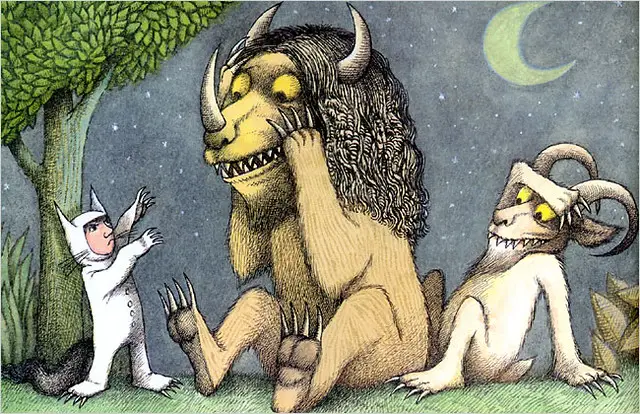
This childhood classic about a mischievous boy named Max who sails to an island of wild creatures has been a staple in bedtime reading for decades. But when it was first published in 1963, some parents and educators found it too frightening for young children. The idea of a child running away—even if just in his imagination—felt rebellious, and the “wild things” were seen as too scary. Some even claimed the book encouraged disobedience, which led to its initial ban in some libraries shares Vox.
Sendak, however, never shied away from the darker emotions of childhood, insisting that kids could handle stories with a bit of edge. Over time, Where the Wild Things Are gained widespread acceptance and is now considered one of the greatest children’s books ever written. Ironically, its early controversy only added to its legendary status. Now, it’s hard to imagine a childhood without Max and his wild adventures.
2. The Giving Tree by Shel Silverstein
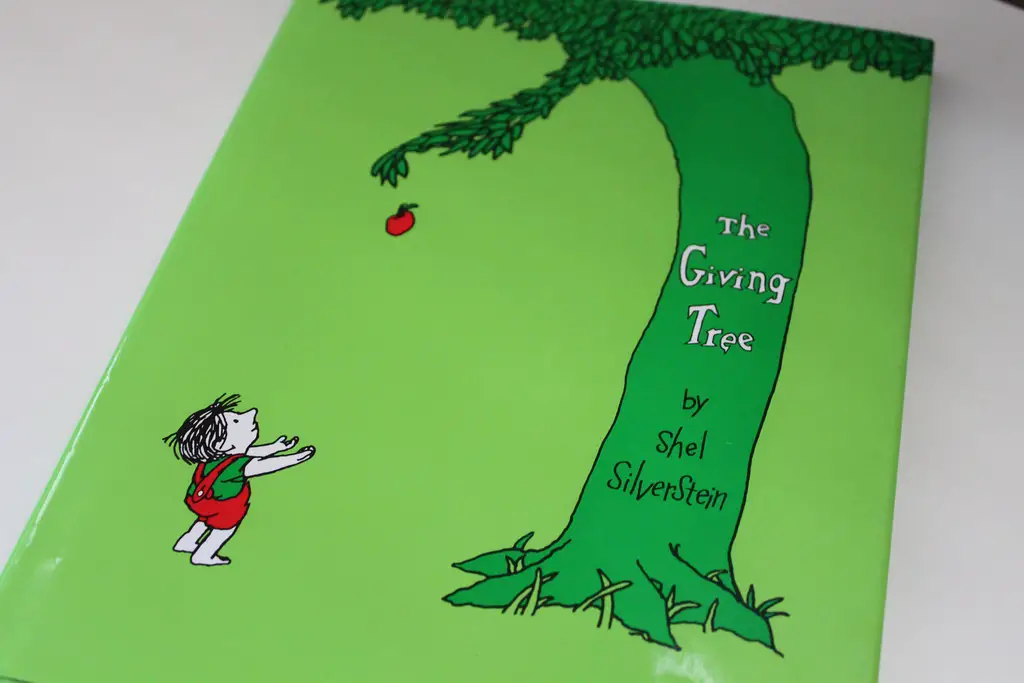
On the surface, this touching tale of unconditional love between a boy and a generous tree seems heartwarming. However, over the years, some readers have questioned its deeper meaning. Critics argue that the story promotes an unhealthy, one-sided relationship, where the tree gives everything it has while the boy only takes. Some even see it as a cautionary tale about codependency or toxic self-sacrifice shares the New York Times.
Others view it as a beautiful metaphor for selflessness and parental love. The book’s open-ended interpretation is part of why it has remained so powerful. Whether it’s a tearjerker or a troubling lesson depends on how you read it. Regardless of the debate, there’s no denying that The Giving Tree leaves a lasting impact on anyone who picks it up.
3. Charlie and the Chocolate Factory by Roald Dahl
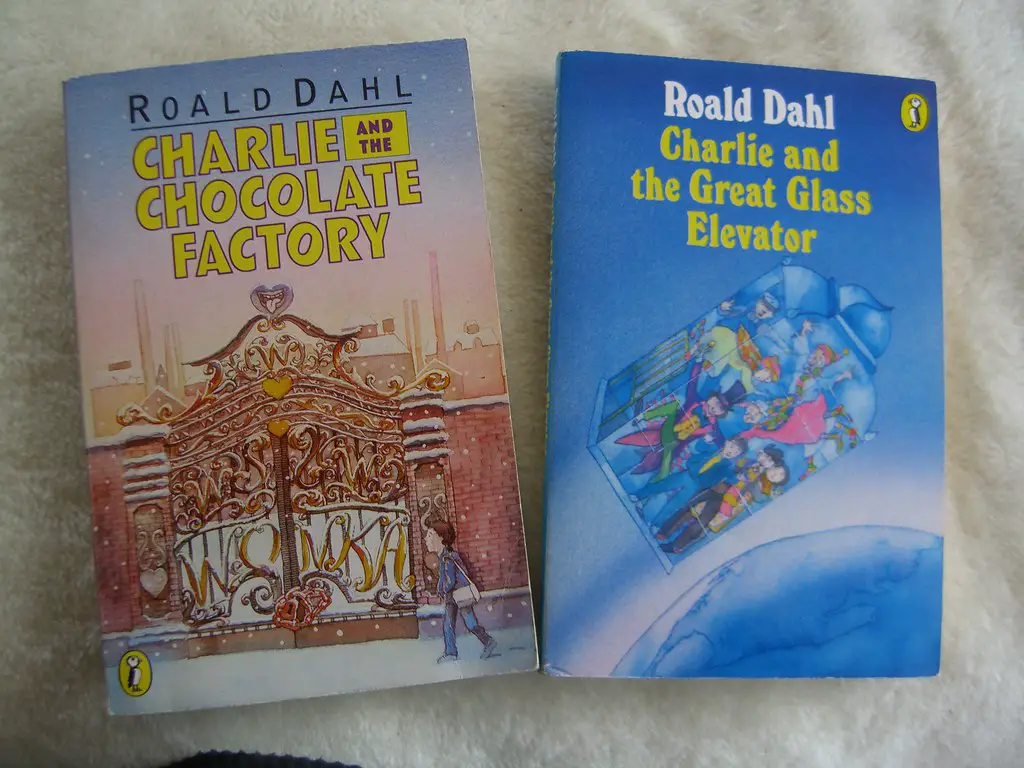
This whimsical story of golden tickets and fantastical candy has been a childhood favorite for generations. But Roald Dahl’s original version had some elements that didn’t sit well with modern readers. Early editions depicted the Oompa Loompas as African pygmies, a detail that was later revised due to its colonialist overtones. Even beyond that, some parents have questioned the book’s messages about greed and punishment, as the fates of the naughty children can feel unusually harsh adds Forbes.
Dahl himself was no stranger to controversy, and his books often tread a fine line between dark humor and outright cruelty. Despite changes made over the years, debates still crop up about whether Charlie and the Chocolate Factory is too mean-spirited. Still, kids continue to adore it, proving that sometimes a little mischief in storytelling goes a long way.
4. Green Eggs and Ham by Dr. Seuss
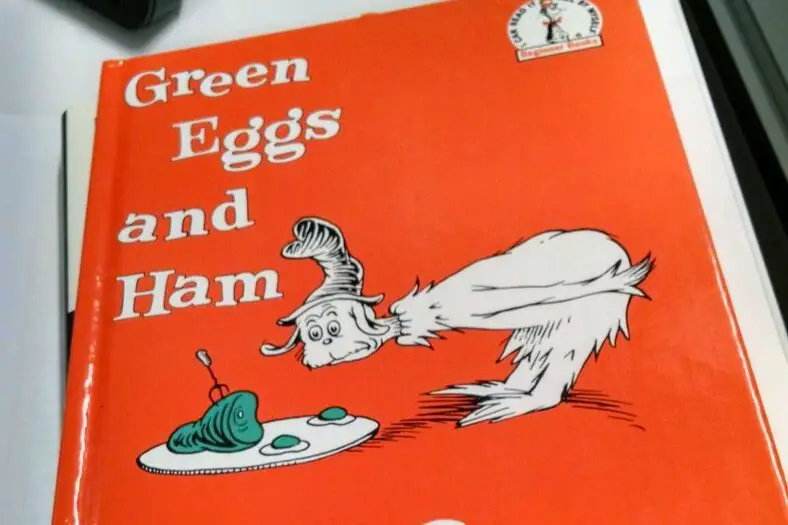
It’s hard to imagine something as silly as Green Eggs and Ham being controversial, but it actually has a surprising history. In 1965, the book was banned in China because officials believed it contained hidden political messages. They feared that Sam-I-Am’s persistence in pushing his meal onto another character was a metaphor for political indoctrination. The ban lasted until 1991, when it was finally lifted after Dr. Seuss’s death shares USA Today.
Outside of that, some have also pointed out that the book’s message about relentless persuasion could be problematic. After all, shouldn’t kids learn that “no means no”? But most readers just see it as a fun way to encourage trying new things. In the end, the book’s absurdity and catchy rhymes have kept it beloved for generations.
5. Love You Forever by Robert Munsch
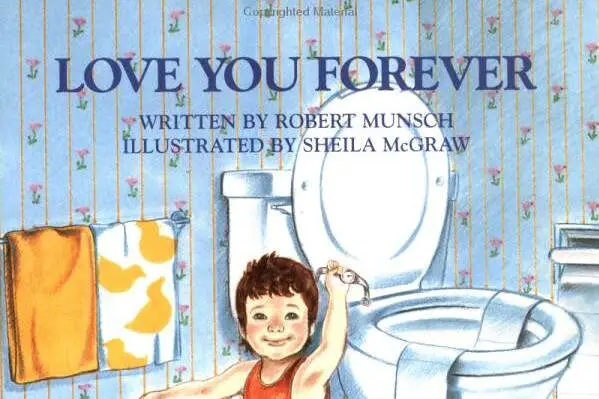
This sweet and sentimental book about a mother’s lifelong love for her son has made many readers tear up. However, some find the story a little unsettling, particularly the part where the mother sneaks into her grown son’s house to rock him to sleep. While meant to be symbolic, some readers can’t help but find it creepy. The book’s message about eternal parental love is touching, but it also raises questions about boundaries shares Motherly.
Munsch has explained that he wrote the story as a way to process grief after losing two stillborn children. Knowing that gives the book a deeper, more personal meaning. Whether you see it as heartwarming or a little over-the-top, it’s undeniable that Love You Forever sticks with you long after reading. And that haunting lullaby? Impossible to forget.
6. The Lorax by Dr. Seuss
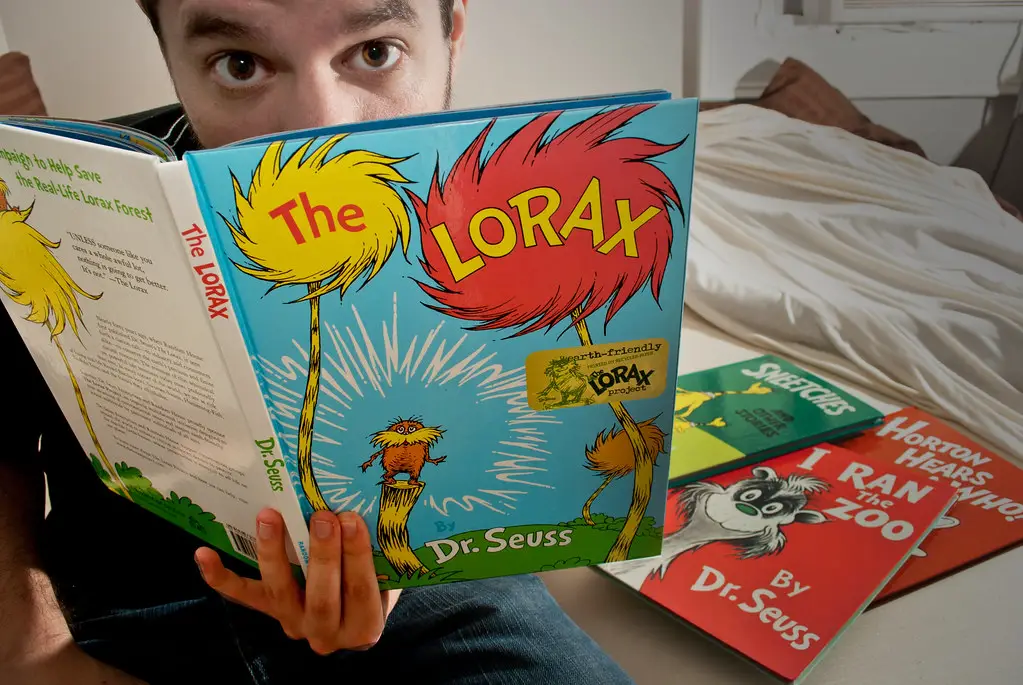
Dr. Seuss’s environmental fable about a furry creature fighting against corporate greed has been praised for its important message. But not everyone has been a fan. In fact, some logging and business groups felt that The Lorax was unfairly anti-industry and promoted an overly negative view of capitalism. The book was even banned in some schools and libraries in logging-heavy areas.
Over time, The Lorax has become an undeniable classic, with many seeing it as a vital lesson about protecting the environment. Its message is arguably more relevant than ever, though critics still debate whether it oversimplifies a complex issue. Either way, that last line—“Unless someone like you cares a whole awful lot…”—continues to resonate.
7. Harriet the Spy by Louise Fitzhugh
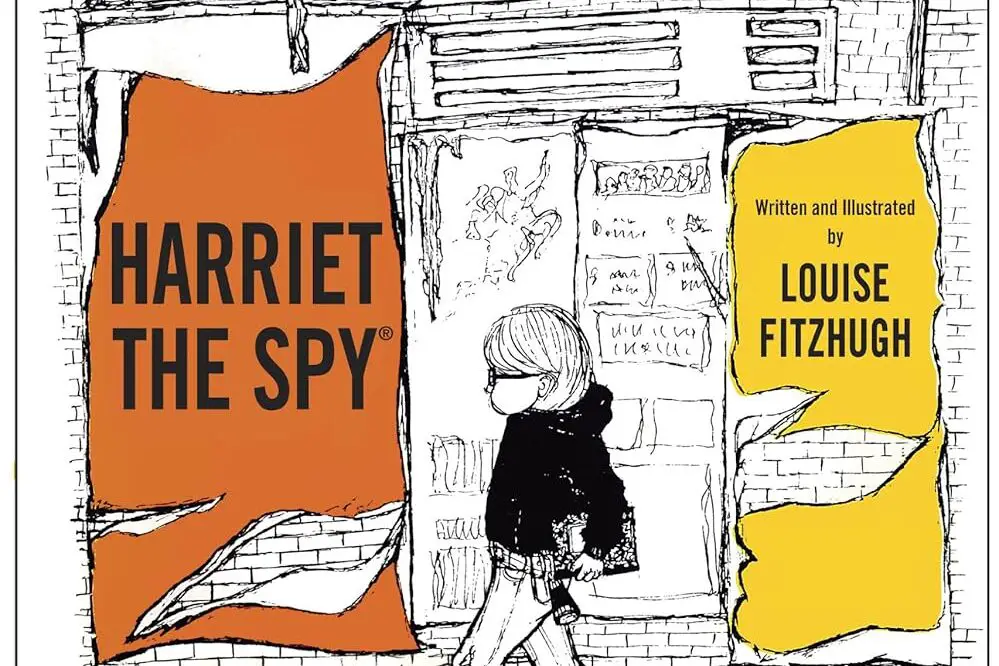
This beloved book about an aspiring writer who spies on her friends and neighbors was revolutionary for its time. But when it was first released in 1964, some parents and teachers were appalled by Harriet’s blunt, often harsh observations. She wasn’t a traditionally “good” girl—she lied, she eavesdropped, and she didn’t always apologize. Some even worried that the book encouraged bad behavior.
Despite the initial concerns, Harriet the Spy paved the way for more complex, independent female protagonists in children’s literature. Readers connected with Harriet’s honesty and her struggle to understand the world around her. It’s a book that refuses to talk down to kids, which might be exactly why it remains so loved. After all, who hasn’t wanted to scribble down their own secret observations?
8. James and the Giant Peach by Roald Dahl
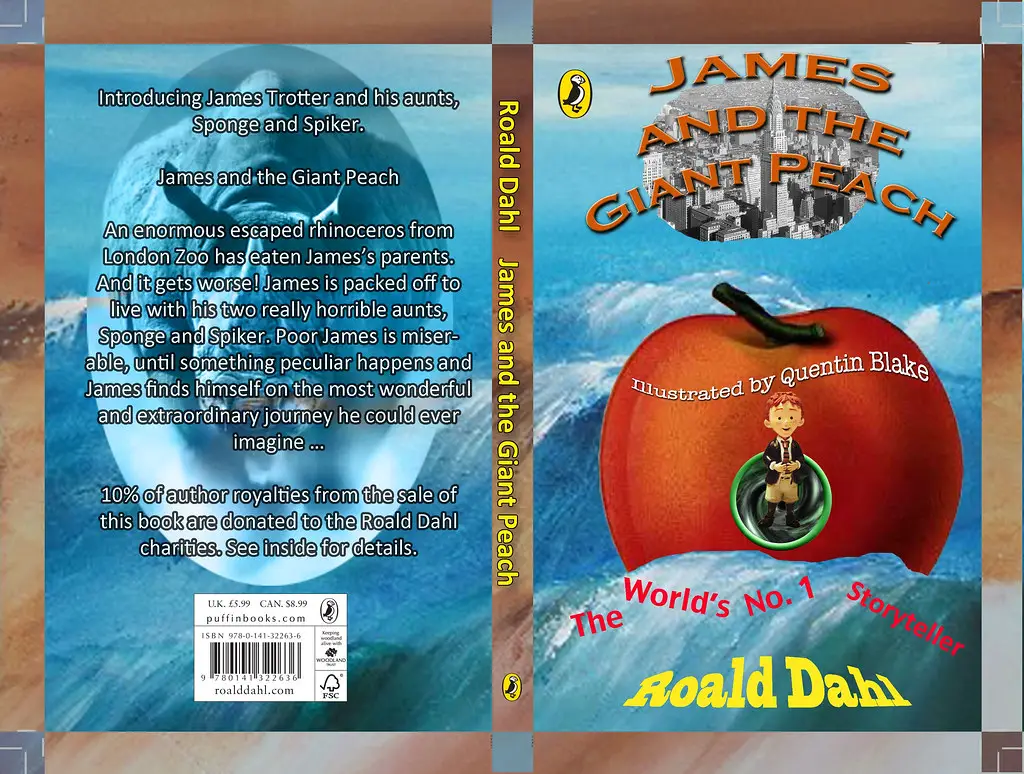
Roald Dahl’s books have never shied away from the strange and the dark, and James and the Giant Peach is no exception. Some parents took issue with its themes of child neglect, arguing that James’s cruel aunts were too abusive for a children’s book. Others worried about the book’s mentions of tobacco and alcohol, with one character even drinking straight whiskey.
Beyond that, some schools challenged the book for its supposedly inappropriate language. But fans of Dahl know that his stories have always embraced the bizarre and sometimes unsettling. Kids love James and the Giant Peach because it feels like a true adventure—one that doesn’t sugarcoat reality. And honestly, who wouldn’t want to fly across the ocean in a giant peach?
9. Winnie-the-Pooh by A.A. Milne
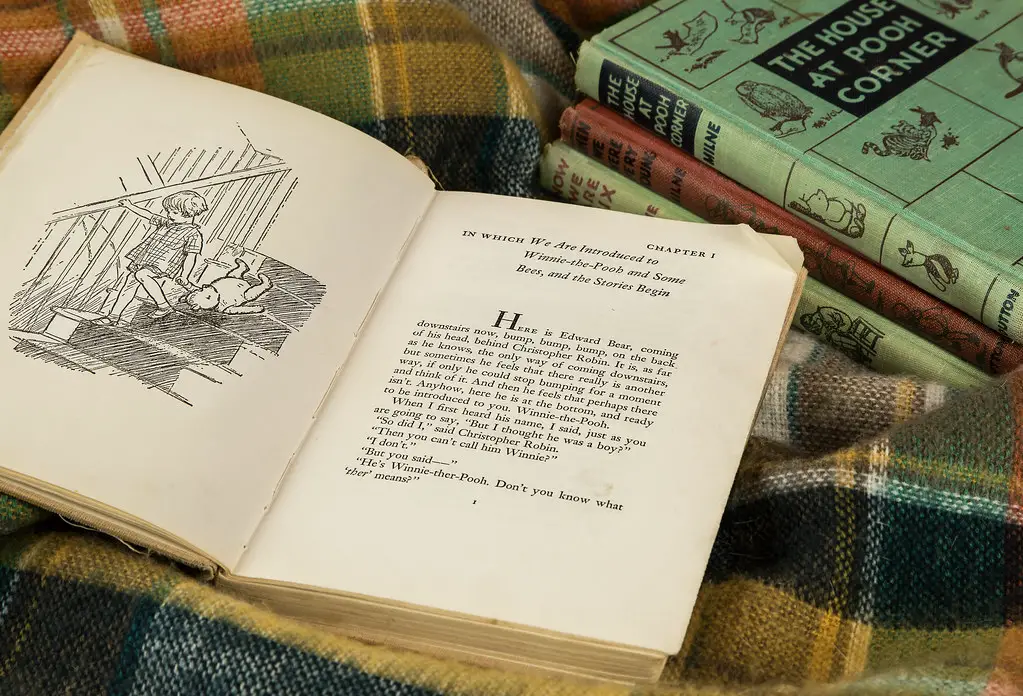
It’s hard to believe that the gentle adventures of Pooh Bear and his friends could spark controversy, but they have in some unexpected ways. In some countries, particularly in parts of Eastern Europe and China, Winnie-the-Pooh has been banned or criticized due to his lack of pants. Officials deemed the bear inappropriate because he was considered “half-dressed,” which they found unsuitable for children.
In other cases, religious groups have taken issue with the anthropomorphic animals, claiming they promote paganism or unconventional ideas about nature. More recently, Pooh has been at the center of political censorship, particularly in China, where the character has been used in memes mocking government leaders. Despite all of this, Winnie-the-Pooh remains a cherished symbol of childhood innocence, proving that not even the Hundred Acre Wood is safe from controversy.
10. Anne of Green Gables by L.M. Montgomery

This beloved tale of a fiery redheaded orphan has delighted readers for over a century, but it hasn’t always been welcomed with open arms. Some early critics found Anne’s behavior too wild and disobedient, worrying that she set a bad example for young girls. Her tendency to talk back and challenge authority didn’t sit well with more traditional readers when the book was first published in 1908.
Later, some schools even challenged the book for containing “unwholesome” references to Anne’s temper and her outspokenness about topics like death and gender roles. But Anne’s charm and wit have endured, with modern readers appreciating her rebellious spirit. If anything, the very traits that once made her controversial are what make her such an inspiring heroine today. After all, who wouldn’t want to be a little more like Anne Shirley?
11. The Tale of Peter Rabbit by Beatrix Potter
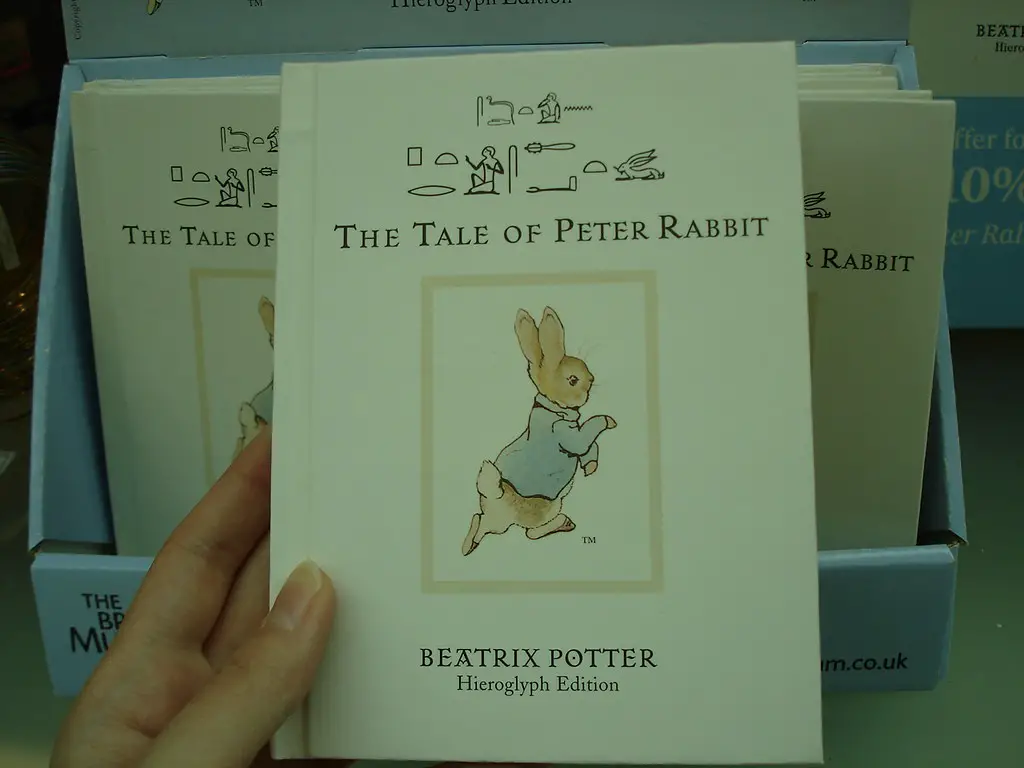
This classic story of a naughty rabbit sneaking into Mr. McGregor’s garden has been a childhood favorite since 1902. However, some critics over the years have argued that The Tale of Peter Rabbit promotes disobedience, as Peter blatantly ignores his mother’s warnings. There were even instances where the book was removed from schools for fear it encouraged children to disregard authority.
In the U.K., another controversy arose when some schools attempted to limit Peter Rabbit and similar books due to concerns about class bias. Some critics felt that the book reinforced negative stereotypes about lower-class behavior. Despite these debates, Peter’s mischievous adventures remain endlessly charming. It turns out, a little bit of trouble makes for a much more interesting story.
12. Alice’s Adventures in Wonderland by Lewis Carroll
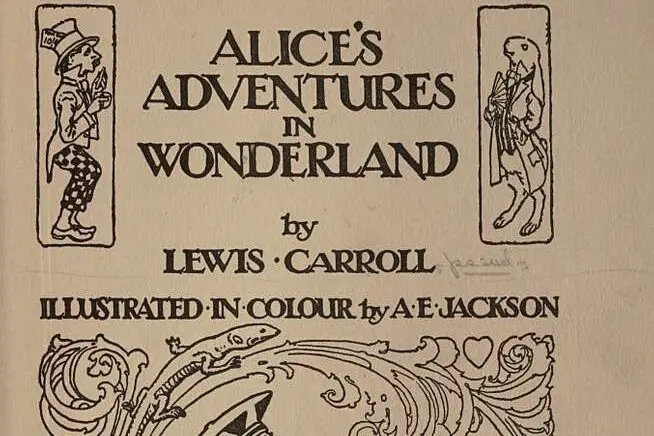
Carroll’s whimsical and nonsensical tale of Alice’s journey through Wonderland has been adored by readers for over 150 years. But in 1931, it was banned in parts of China because authorities objected to the way it depicted animals with human-like qualities. They feared that talking rabbits and smoking caterpillars blurred the lines between man and beast, which was considered disrespectful.
Other critics have pointed out the book’s frequent references to mind-altering substances, particularly the hookah-smoking Caterpillar and Alice’s strange size-changing experiences. Some have even speculated that Carroll was influenced by hallucinogenic drugs, though there’s no real evidence to support that theory. Regardless, the book’s dreamlike absurdity continues to captivate readers of all ages. Wonderland, it seems, is forever fascinating.
13. Little House on the Prairie by Laura Ingalls Wilder
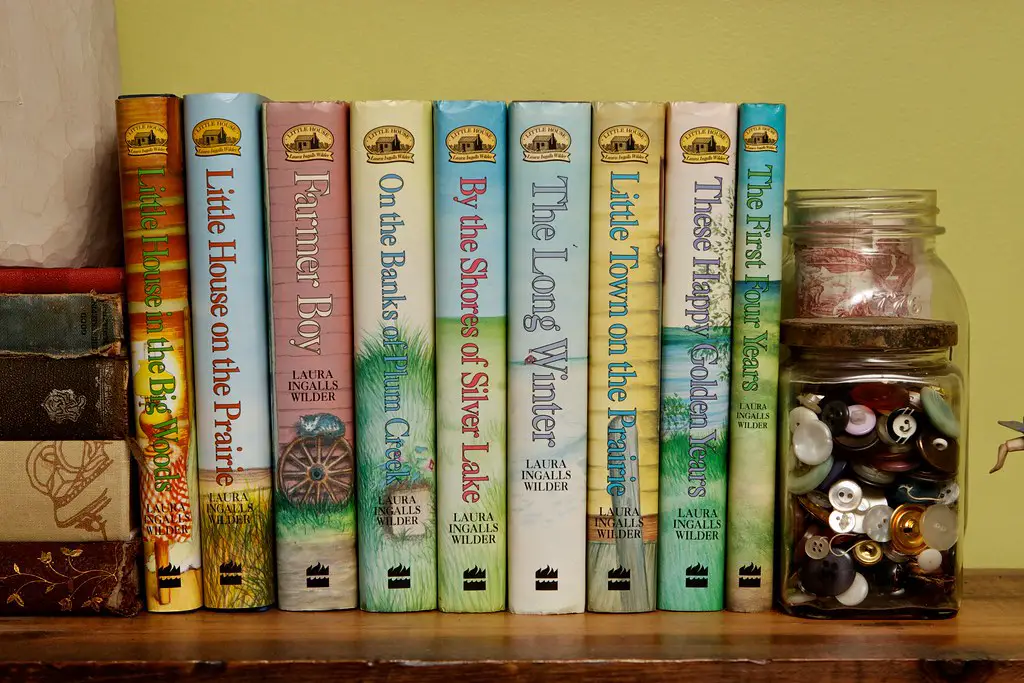
The Little House series is a nostalgic favorite for many, but over the years, certain aspects have drawn criticism. The books contain outdated and sometimes offensive portrayals of Native Americans, including harmful stereotypes and dismissive language. Some passages refer to Indigenous people in a way that modern readers find troubling, leading to debates about whether the books should still be taught in schools.
In 2018, the Association for Library Service to Children even removed Wilder’s name from a major literary award due to concerns over these depictions. While many still appreciate the books for their historical perspective and depiction of pioneer life, discussions about how to handle problematic content in classic literature continue. Despite the controversy, the Little House books remain deeply influential in American literature.
14. The Butter Battle Book by Dr. Seuss
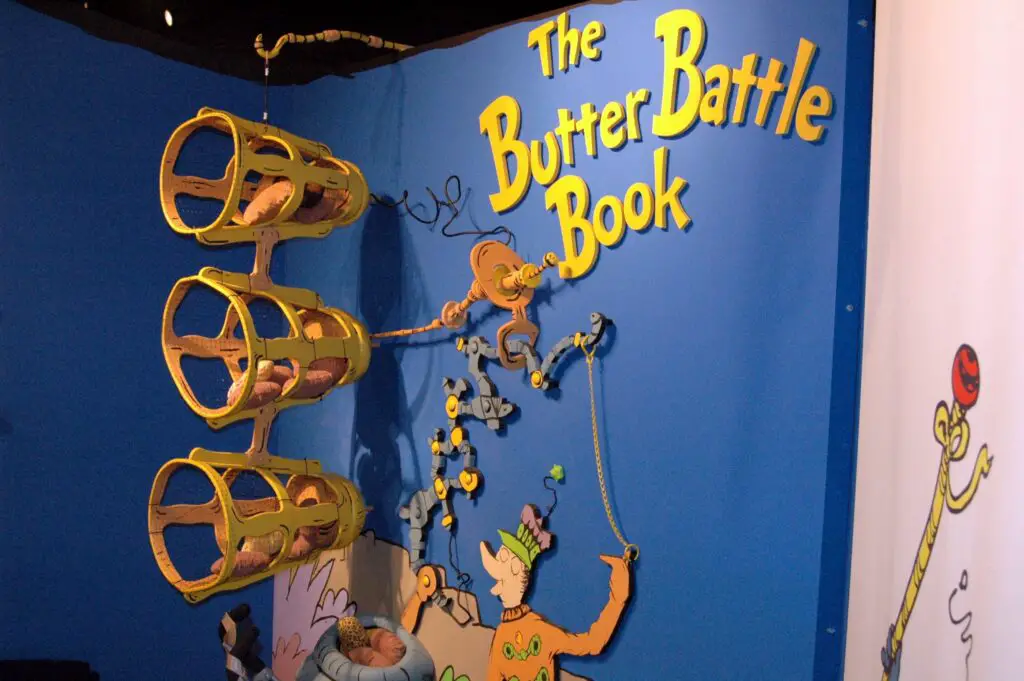
Dr. Seuss was no stranger to social commentary, and The Butter Battle Book is one of his most overtly political works. Written during the Cold War, the book is a satire about the arms race, depicting two factions at war over how to butter their bread. While it’s a clever critique of mutually assured destruction, some schools and libraries found the message too intense for children.
In fact, the book was briefly banned in some places due to its anti-war stance. Some readers felt it was too bleak, especially because it ends on an unresolved note, leaving the outcome of the conflict uncertain. But that’s precisely what makes it so powerful—it forces readers to think. Even today, its message about senseless division feels eerily relevant.
15. Curious George by H.A. Rey and Margret Rey
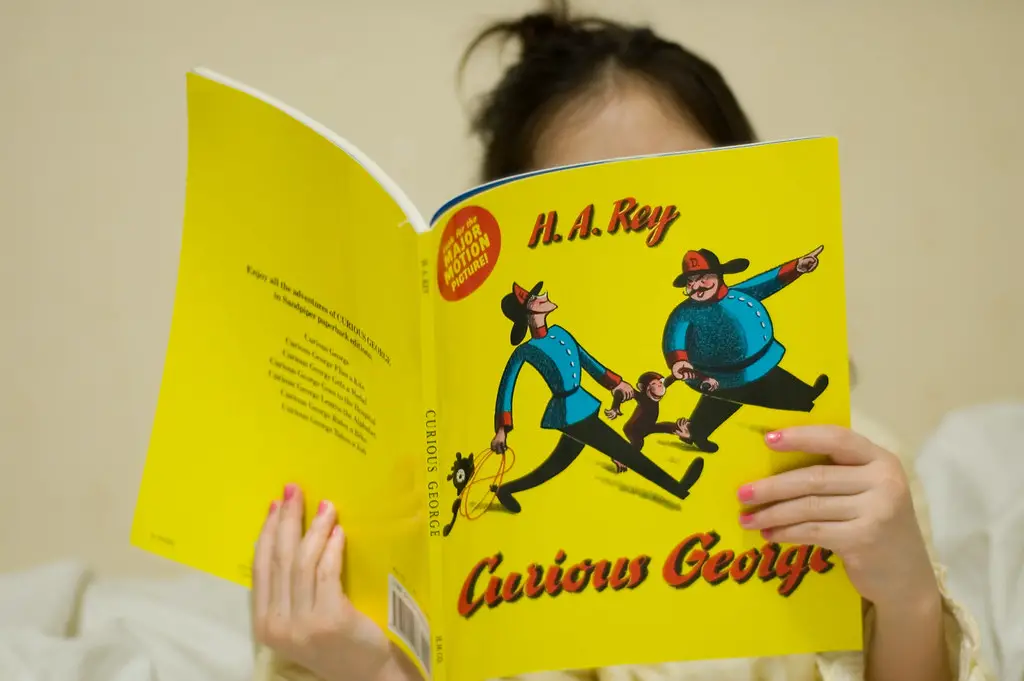
The adventures of the mischievous little monkey and the Man with the Yellow Hat have been entertaining children since the ‘40s. However, modern critics have pointed out some uncomfortable themes in the series. The first book begins with George being taken from the jungle, which some argue resembles colonialist narratives. The idea of a well-meaning white man capturing a monkey and bringing him to civilization has sparked discussions about outdated storytelling tropes.
Others have raised concerns about the consequences of George’s actions—or lack thereof. No matter how much mischief he causes, he’s never truly punished, leading some parents to worry about the book’s message. Still, Curious George remains an enduring classic, and most kids just see it as a fun story about an adorable, if slightly reckless, monkey.
16. Pippi Longstocking by Astrid Lindgren
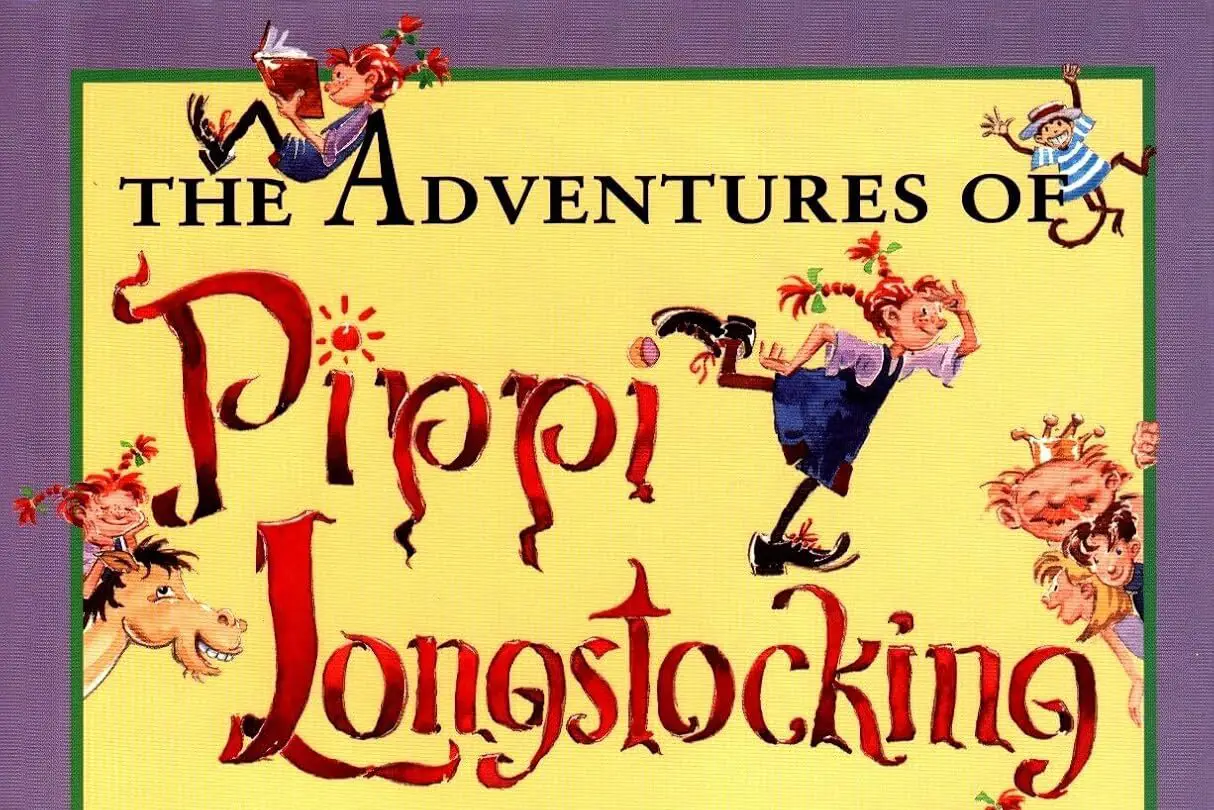
Pippi Longstocking, the fearless, independent redheaded girl with superhuman strength, has been an icon for generations. However, some early critics worried that her free-spirited nature encouraged disobedience. Pippi lives without parents, makes her own rules, and often outsmarts adults, which was seen as a potential bad influence on children.
In more recent years, the books have faced criticism for outdated racial depictions, particularly in references to Pippi’s father and non-European cultures. Some editions have made adjustments to remove insensitive language while keeping Pippi’s rebellious charm intact. Love her or find her too wild, there’s no denying that Pippi set the stage for countless strong female characters in children’s literature.
17. Matilda by Roald Dahl
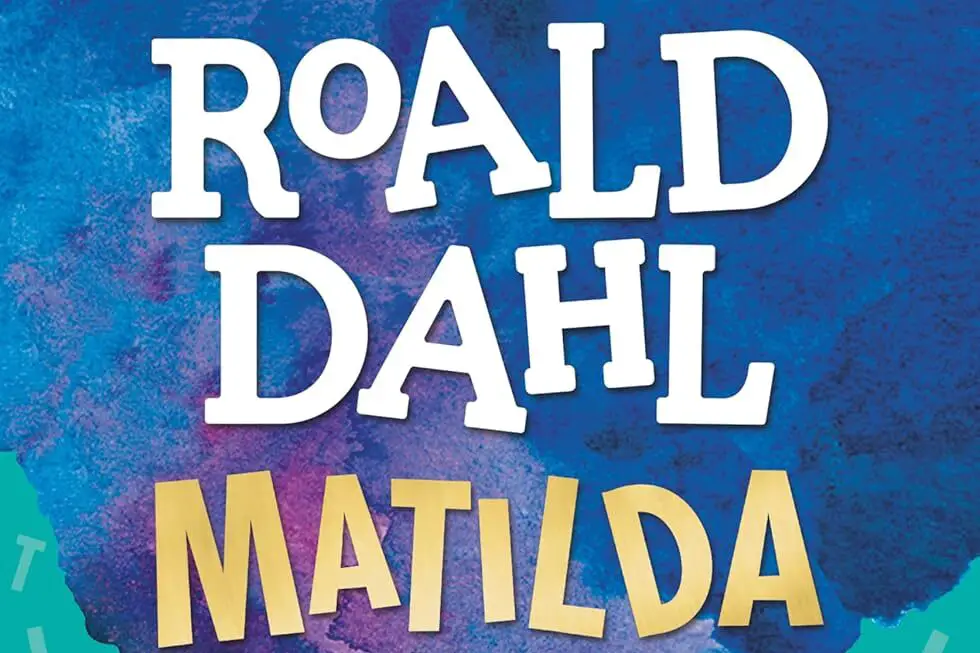
Another Roald Dahl classic, Matilda is the story of a brilliant girl who stands up against cruel adults. While many see it as empowering, some critics have raised concerns about the book’s portrayal of teachers and parents. Matilda’s parents are neglectful and her principal, Miss Trunchbull, is downright abusive, which some argue paints an extreme picture of adult authority.
There have also been debates about the book’s message regarding revenge, as Matilda uses her telekinetic powers to get back at those who mistreat her. Some worry that this encourages children to retaliate rather than seek help. But for most readers, Matilda is simply a tale of resilience, intelligence, and standing up for oneself. And really, who wouldn’t want to have a little magic on their side?
